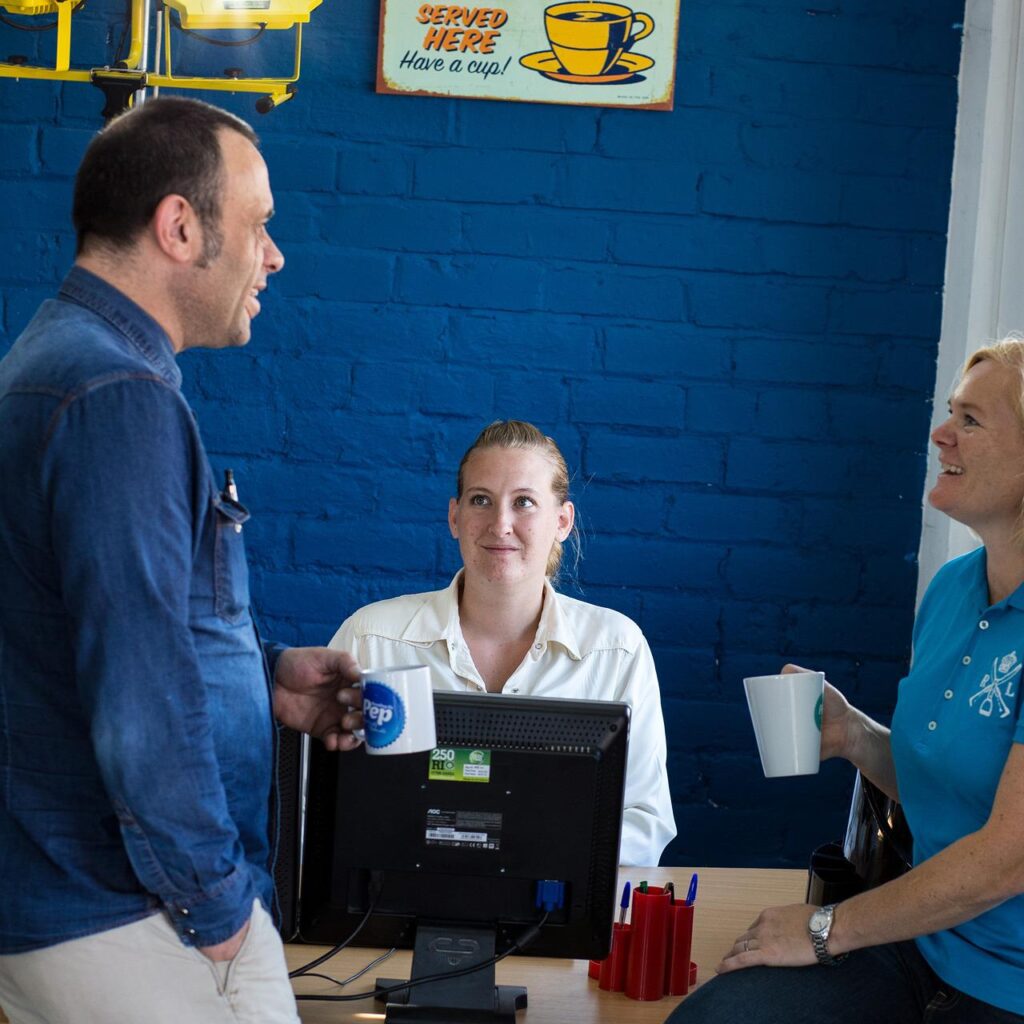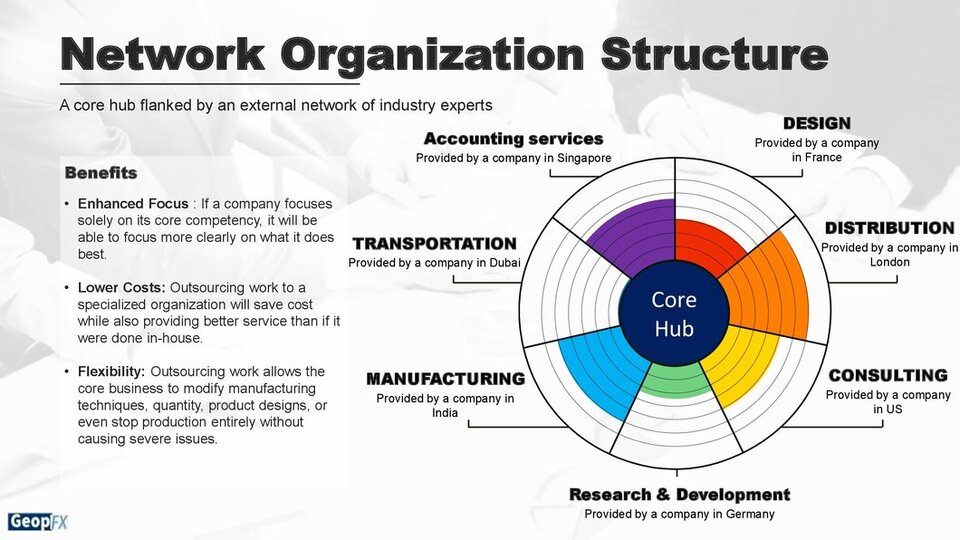
New Forms of Organization Structure and Design: Receptive, Adaptive & Generative
Organizational structure and design refers to the process of completing and connecting tasks within an organization. Organizational structures helps employees understand what work to perform, how their work supports or relies on that of others, and how their work contributes to the company’s overall objectives. As part of organization structure & design, organizations create organizational structures that meet their needs while accounting for the inherent complexity in achieving their objectives.
Many companies have been pushed to migrate to more agile working structures as a result of the current dynamic environment. The agile structures required a high level of autonomy as well as group alignment. The lattice and network-like structure show signs of additional, more flexible methods to structure an organization. They enabled people from various backgrounds to identify priorities, make quick decisions, and put them into action.
Organizational Characteristics in the New Age

High employee participation
Effective organizations recognize the value of employee participation and involvement at all levels of the organization. Employee involvement and important job outcomes have been determined to have strong correlations by researchers. It can take the form of collective bargaining (through unions), direct communication, and upward problem solving. Employee participation is being used by enterprises across the board to achieve continuous improvement of their processes and performance.

Organic organizations
Organic organizations have a low degree of formality, specialization and standardization. Their decision-making processes are decentralized, and their operations are well-coordinated. Having a less rigid organization structure allows employees to be more creative and make more ideas. A consulting business like GeopFX is a good example of an organization that uses an organic structure. As problem arise and change with business environment, consulting companies respond to customer problems as they arise.

Authority based On Capability
In today’s world, a new organizational structure based on capabilities rather than functions is more successful. Companies must distinguish between those capabilities that are required to outsmart competitors and those that are simply required to ‘keep the lights on.’ The company should assess which internal and external ingredients are required to establish a world-class capacity for strategic capabilities. To establish responsibility, integrate plans with company strategy, and get the required authority and resources, capabilities-based teams should have C-level sponsors. Companies who do their research and make the courageous step to a capabilities-based organizational structure can revitalize their competitiveness and performance.

Strategic alliances, collaboration and network
Strategic alliances are agreements between two or more separate companies to work together on the manufacturing, development, or sale of products and services, as well as other corporate goals. The values created through these channels are:
- Current operations are improved due to economies of scale
- Change in competitive landscape
- Ease of entry and exit

Talent: Most Valuable Asset
People are our most valuable resource. The critical mantra for success is to keep the right people in the right roles to create value. Every strategic decision and any business decision should be based on talent. To help talent get over a crisis and establish the stage for recovery, it’s critical to lead with mindfulness, sensitivity, empathy, and compassion.
Organizational Structures and Design
As business leaders consider the future and where work will be done, an adaptive workplace may be the best option. Employees who are engaged about their jobs are more productive than those who are not. Organizations that prioritize employee engagement enjoy increased productivity as well as other advantages like lower turnover and increased innovation. So, how does any of this relate to organizational structure and design? Everything. The cloud of remote performance and responsibility will thicken if current trends continue. As the appeal of remote work grows, firms should reduce their management structures.
Network organization structure

This contemporary framework connects diverse, disparate organizations in order to optimize their interactions in order to achieve a common, overarching goal. A network-based organizational strategy means that the firm outsources or subcontracts many or most of its processes to separate companies, but coordinates their activities through a small headquarters.
Examples: A collaborative venture to create a complicated, technical system, such as the space shuttle, is one example. Another example is a group of construction businesses working together to create a major project.
Lattice Organization Structure

The lattice organization structure encourages open communication, creativity, and team accountability. Work gets done by teams, instead of managers assigning jobs to workers and overseeing them. Teams accept projects, manage themselves, and make decisions collectively.
Example: Morning Star’s primary philosophy is that all contacts should be consensual, with no bosses, titles, or structural hierarchy. The company is entirely self-managing.
Learning Organization Structure

A learning organization is one whose design focuses on acquiring knowledge and changing behavior as a result of that knowledge. It is vital for firms to recognize and promptly remedy their own problems in an environment where environments are always changing. This necessitates ongoing communication with and inside the organization. Managers schedule time for exchanging input, inquiring about and reflecting on it, and finally reaching an agreement on a course of action. At all levels of the company, there are numerous procedures and systems in place to aid learning.
The traditional vertical and horizontal relationships in the organization are replaced with a boundary-less structure. When managers flatten organizational structures, merge or eliminate departments, create cross-functional teams, reduce boundary separations and build interdependence, they create teams that respond to environmental changes and share a common vision.
Example: The American railroads (Amtrak), Greyhound Bus Co., The Great Atlantic and Pacific Tea Company (A&P)
Conclusion
As a result of the pandemic, organizations should ensure that their organization structure and design enable and accelerate their strategic goals, rather than hinder them. The new structure can only succeed if additional enablers are present. To ensure a company’s long-term operability and performance, executives must ensure effective performance management systems, clear strategic planning and resource allocation processes, a transparent and dynamic talent marketplace, and a corporate center that supports long-term results.
